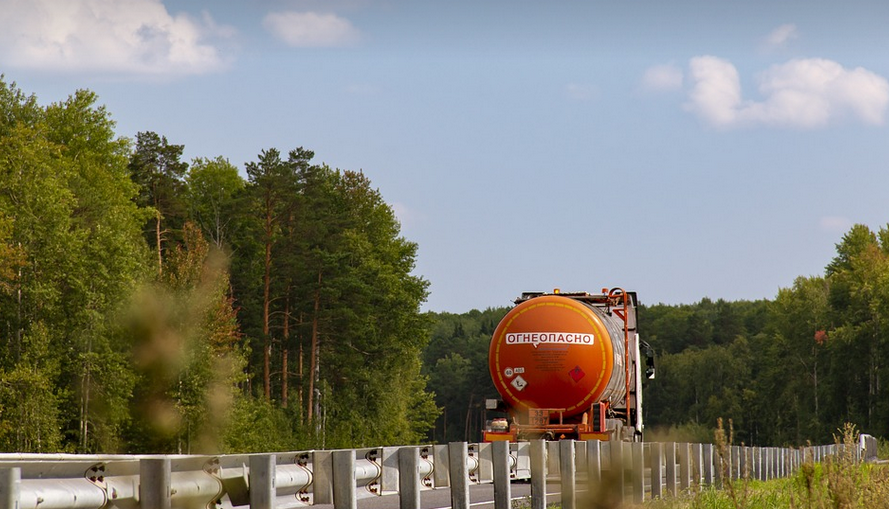A Glance into the World of Deer Travel
Imagine strolling through a forest, admiring its verdant hues and the symphony of nature. Suddenly, your eyes catch sight of distinct indentations in the soft earth – tiny footprints telling a story of movement and purpose. These are deer tracks, offering us insights into the lives of these elegant creatures. But how do we decipher their direction of travel?
Deer, like many other animals, rely on instinct and experience to navigate their world. Their tracks, however, can reveal fascinating details about their movements. Let’s delve into the intriguing world of deer tracks and understand what they reveal about these remarkable creatures.
The Significance of Track Direction
The direction of a deer track is often one of the most important clues to understanding its journey. This direction holds valuable information about the animal’s behavior, providing us with an invaluable glimpse into their motivations and travel patterns.
For instance, if you notice tracks heading towards a dense thicket of trees, it could indicate that the deer was searching for food or shelter. Their path would be dictated by these factors, as they seek to ensure safety and sustenance.
On the other hand, if you see a set of tracks leading away from a familiar clearing towards an open field, this suggests the deer might have been driven by the urge to breed or graze. The environment plays a vital role in guiding their movements, influencing their decisions and choices.
Deciphering Deer Track Direction: A Practical Guide
Observing deer tracks can be both challenging and rewarding. There are several factors that influence track direction. Here’s how to decipher the clues:
- “Track Shape“: The shape of a deer track gives us valuable information about its movement. For example, if the track is long and narrow, it indicates a swift run. A wide, rounded footprint suggests a more gradual transition.
- Size and Spacing“: The size and spacing between tracks are essential clues. Larger prints indicate an adult deer, while smaller tracks might belong to younger animals or fawns, as their movements tend to be more cautious.
- Topography and Terrain“: The terrain plays a significant role in the direction of travel. When observing the tracks on sloped areas, the deer’s movement should show its balance and adaptation to the environment.
The combination of these elements helps us understand not only where the deer was going but also the specific terrain it traveled through, revealing a fascinating story about their life in nature.
Deer Tracks: A Window into Animal Behavior
Deer tracks provide a unique glimpse into animal behavior. Their direction of travel can reveal much about their social structure and daily routine. Their movements often correlate with factors such as the time of day, weather conditions, and even predators.
For instance, if you notice a set of tracks leading towards a water source during dry season, it could indicate that the deer is searching for precious resources to survive. Their movement is influenced by environmental pressures like drought or a harsh winter.
Moreover, their tracks can reveal insights into their social dynamics. If you observe several tracks close together in a specific area, it might suggest a group of deer travelling together, possibly looking for food or protection from predators.
Understanding the direction of deer tracks offers us valuable information about their behavior. This perspective helps us appreciate these creatures more deeply and respect the environment they inhabit.
The Importance of Ethical Observation
While observing deer tracks can be an enriching experience, it’s essential to practice ethical observation practices. It’s crucial to understand that these animals are wild and should not be disturbed.
We must avoid interfering with their natural behavior by maintaining a safe distance from the tracks and respecting their space. This ensures we don’t disturb them or cause any unintended harm.
By appreciating deer tracks for the valuable information they offer, we can better understand these wild creatures and appreciate their intricate role in our ecosystem. Remember, observing these animals in their natural habitat is a privilege that involves responsibility and respect for their well-being.
